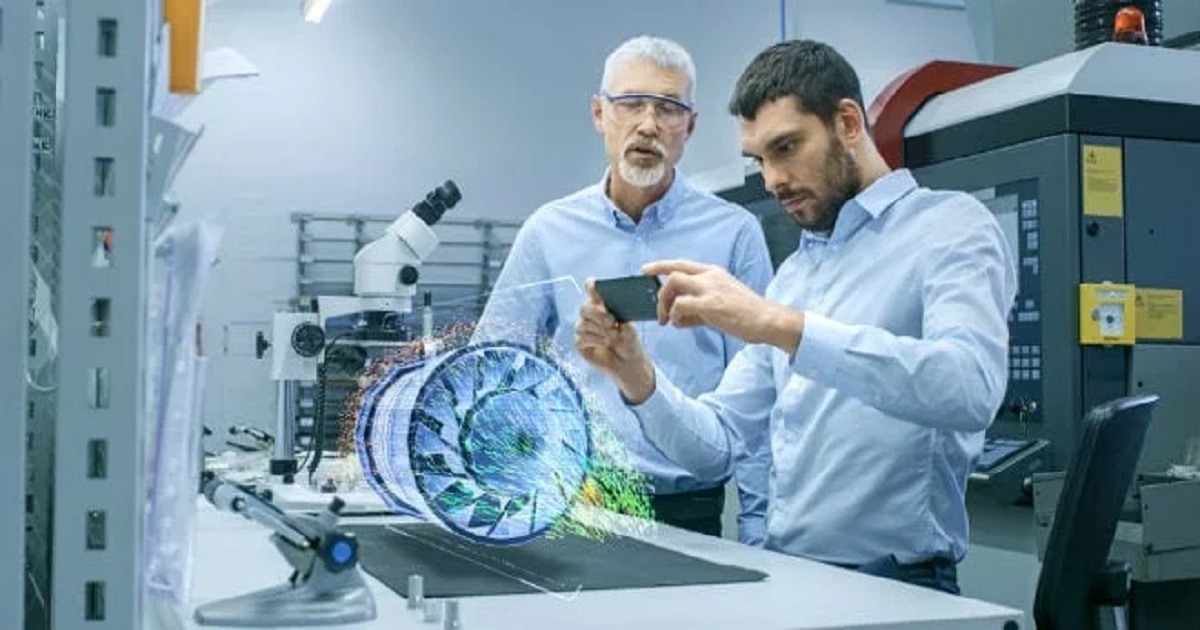Augmented Reality Makes the Best of Both Worlds
breakingisraelnews | March 27, 2019

Augmented reality (AR) – unlike virtual reality (VR) – is a complex technology that superimposes a computer-generated image on a user’s view of the real world, thus providing a composite image. This innovation adds digital elements to a live view, often by using the camera on a smartphone. Examples of augmented reality experiences include Snapchat lenses and the game Pokemon Go. Now an Israeli research team at Ben-Gurion University of the Negev in Beersheba have developed a prototype for what they call a “groundbreaking program” to introduce augmented reality into mathematics and science instruction. The prototype, developed by Dr. Osama Swidan and Michael Fried of the Graduate Program for Science and Technology Education and Prof. Jihad el-Sana of the computer science department traces moving objects and augments them with virtual mathematical representations like graphs, symbols and tables of numerical values that describe the body’s movements. This is a different model for using AR in education, which has previously focused on turning static objects (like photographs) into dynamic ones, such as turning a photograph or drawing in a book into an animation.